Raw Material Requirements for Different Casting Products
2024-11-20 13:50:49 hits:0
The performance and application fields of cast products vary widely, leading to significant differences in their raw material requirements. These requirements depend on the physical, mechanical, and chemical properties of the castings, as well as production processes, environmental considerations, and economic factors. Below is a detailed description of the raw material requirements for various cast products:
1. Gray Iron Castings
Gray iron castings are widely used in machine tools, engine blocks, valves, and pipes.
Raw Material Requirements:
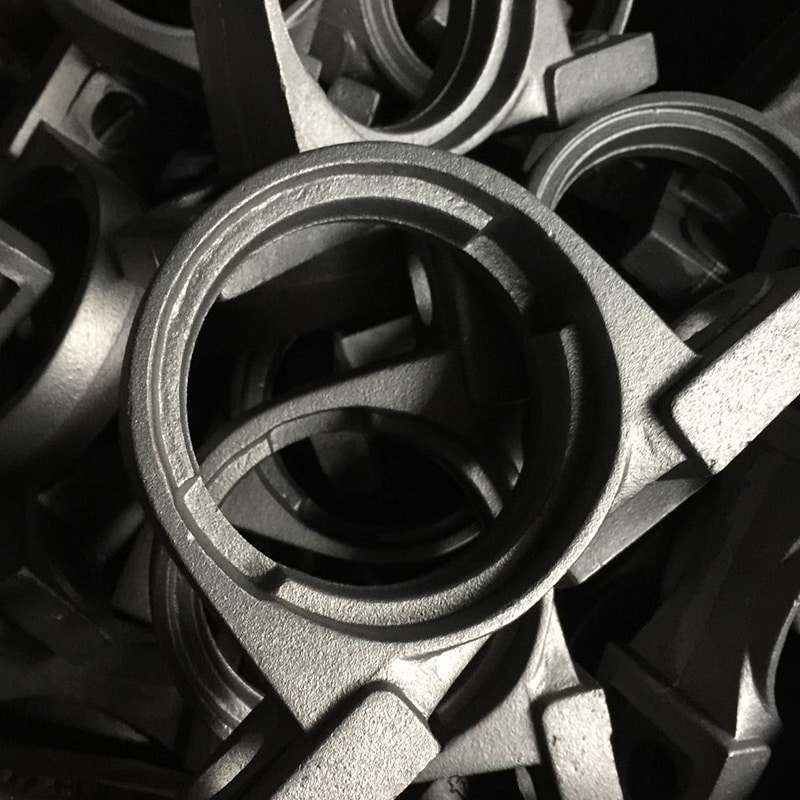
Iron Alloys: Low-carbon pig iron and high-carbon scrap steel to ensure appropriate carbon equivalent.
Carbon Source: Graphite, coke, or carbon additives to achieve proper graphitization and vibration damping performance.
Silicon Source: Ferrosilicon to adjust silicon content, improving fluidity and oxidation resistance.
Additives: Manganese to enhance tensile strength, with trace elements like sulfur and phosphorus controlling graphite morphology.
2. Ductile Iron Castings
Used in high-strength, high-toughness parts such as automotive components and pipe fittings.
Raw Material Requirements:
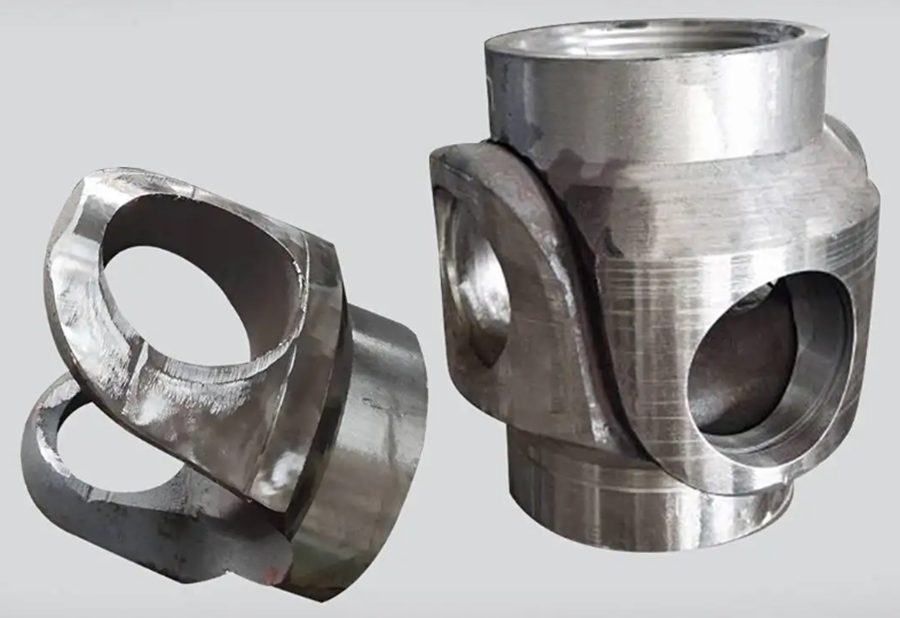
High-Purity Molten Iron: Low levels of impurities (e.g., sulfur and phosphorus) are necessary.
Nodulizing Agents: Typically magnesium alloys (e.g., magnesium-antimony alloy, magnesium-ferrosilicon alloy) to form spheroidal graphite.
Inoculants: Calcium-silicon alloys or rare earth elements to optimize graphite nodularity and uniform structure.
Carbon and Silicon Sources: Similar to gray iron but with higher purity standards.
3. Carbon Steel Castings
Commonly used in mechanical parts and building structures requiring high strength and toughness.
Raw Material Requirements:

Iron Alloys: Scrap steel or low-carbon steel to control carbon content.
Deoxidizers: Aluminum or ferrosilicon to remove oxygen, ensuring dense casting structures.
Alloying Additives: Manganese (for hardness), chromium (wear resistance), and nickel (corrosion resistance).
Trace Element Control: Strict limits on sulfur and phosphorus to maintain ductility and weldability.
4. Stainless Steel Castings
Widely used in high-temperature and highly corrosive environments, such as chemical equipment parts and pump housings.
Raw Material Requirements:
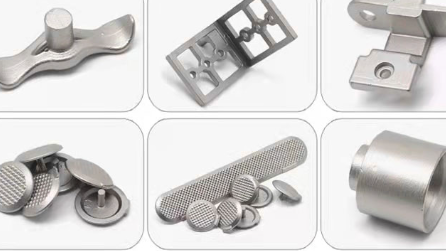
High-Purity Iron Alloys: Scrap stainless steel or premium-grade scrap steel to minimize impurities.
Nickel and Chromium: Ensure corrosion resistance, typically with 8%-12% nickel and 16%-18% chromium content.
Molybdenum and Titanium: Added in special cases to enhance oxidation resistance and pitting resistance.
Deoxidizers: Silicon-calcium wires to purify the melting environment.
5. Aluminum Alloy Castings
Used in lightweight automotive, aerospace, and electronic industry components.
Raw Material Requirements:
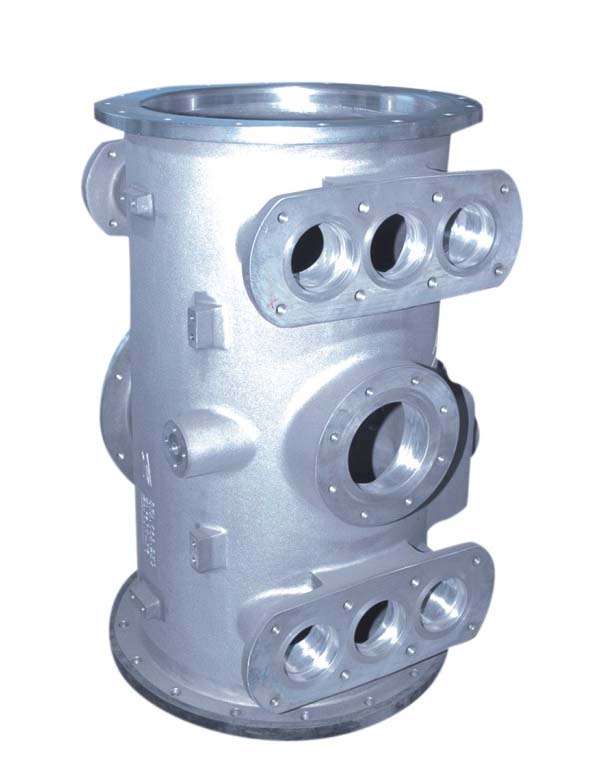
High-Purity Aluminum Ingots: Ensure lightweight properties and thermal conductivity.
Alloying Elements: Silicon (for strength and corrosion resistance), magnesium (for hardness and weldability), and copper (to enhance mechanical properties).
Refining Agents: Chloride and fluoride salts to remove gases and impurities.
Grain Refiners: Titanium-boron alloys to improve casting density and microstructure.
6. Magnesium Alloy Castings
Common in aerospace and electronic products due to their high specific strength and lightweight nature.
Raw Material Requirements:
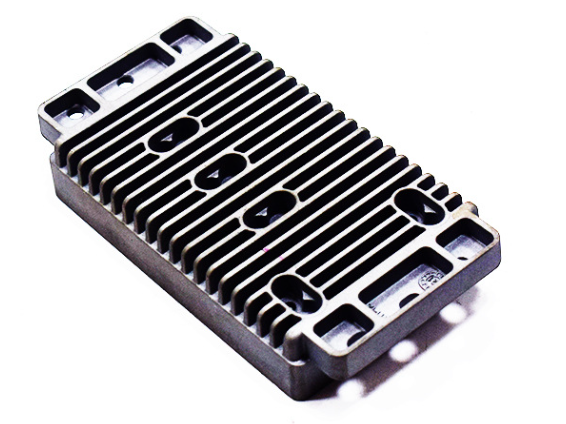
High-Purity Magnesium Ingots: Ensure low density and excellent mechanical properties.
Alloying Elements: Zinc (for corrosion resistance), aluminum (for strength), and yttrium (for high-temperature oxidation resistance).
Protective Atmosphere: Use inert gases (e.g., SF6, CO2) during casting to prevent magnesium oxidation.
7. Copper Alloy Castings
Primarily used in high-corrosion-resistance and high-conductivity applications such as valves, pumps, and electrical components.
Raw Material Requirements:
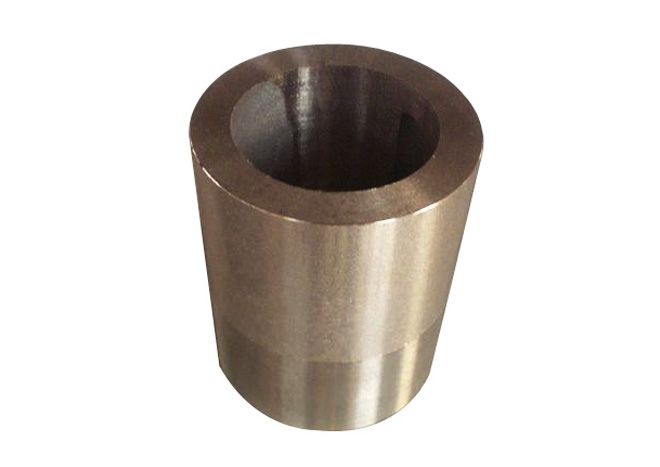
High-Purity Electrolytic Copper: To ensure excellent electrical conductivity.
Alloying Elements: Tin (for wear resistance), zinc (to enhance mechanical properties), and aluminum (for improved corrosion resistance).
Deoxidizers: Phosphor copper or boron to reduce oxygen content.
8. Special Alloy Castings
Including high-temperature alloys and wear-resistant alloys used in aerospace and energy industries.
Raw Material Requirements:
High-Purity Base Metals: Such as nickel, cobalt, and titanium with excellent high-temperature performance.
Alloying Elements: Molybdenum (for high-temperature strength) and vanadium (for creep resistance).
Precise Trace Element Control: Strictly control impurities to maintain high-temperature performance.
9. Cast Iron Pipes and Drainage Castings
Used in municipal pipeline systems and building drainage systems.
Raw Material Requirements:
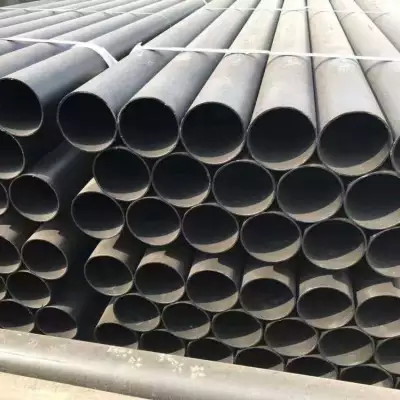
Iron Alloys: Carbon and silicon proportions should be balanced to ensure good fluidity and corrosion resistance.
Sulfur and Phosphorus Control: Avoid excessive impurities to prevent brittleness in castings.
Inner Lining Materials: High-specification pipes may require inner linings like epoxy resin or polyurethane coatings.
Iron Alloys: Carbon and silicon proportions should be balanced to ensure good fluidity and corrosion resistance.
Sulfur and Phosphorus Control: Avoid excessive impurities to prevent brittleness in castings.
Inner Lining Materials: High-specification pipes may require inner linings like epoxy resin or polyurethane coatings.

 en
en  fra
fra  de
de  ru
ru  gle
gle  th
th  ara
ara  it
it  jp
jp  kor
kor  zh
zh 


